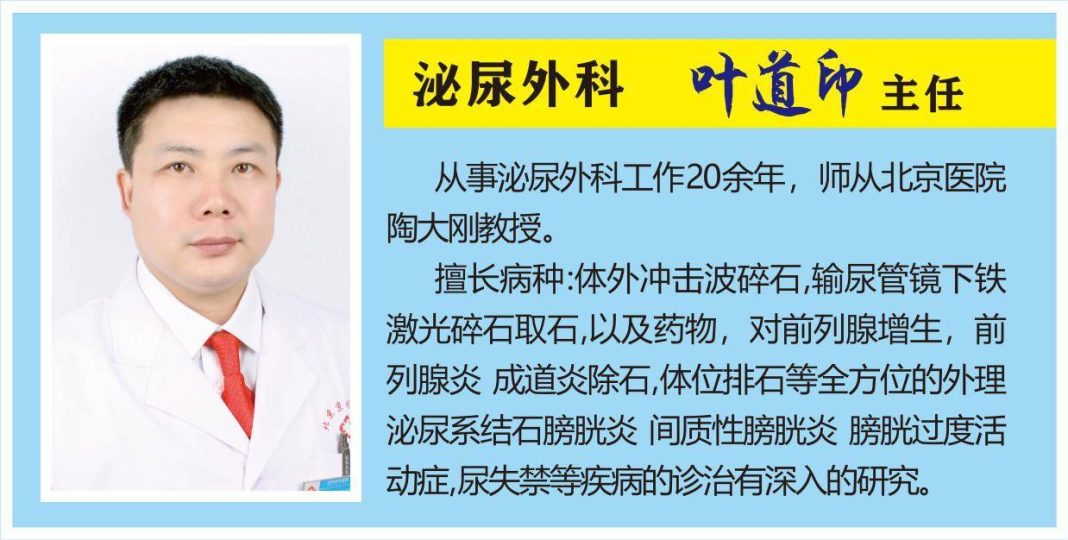The foreskin mainly refers to the wrinkled skin covering the male **skin**, which is very long in young children, completely **enveloping** the glans. Many parents worry that a long foreskin may affect their child’s development and rush to the hospital to have it cut. However, some parents are concerned about the potential effects of circumcision on their children. Director Ye Daoyin of the Urology Department at Jingshun will address these concerns for parents today.
1. What is the best age for circumcision?
After entering puberty, boys experience a rapid development of external genitalia, so it is recommended that circumcision be completed before puberty. Generally, the best surgical age is suggested to be between 6 and 12 years old.
True phimosis often becomes hard to self-resolve after age 7; performing surgery before **development (around 12 years old)** results in a smaller wound area, less erection force, and less pain, which is favorable for wound healing and allows for quicker recovery! Moreover, children between 6 and 12 years old can mostly tolerate local anesthesia during surgery. However, it is important to note that if there are indications for surgery, age should not be a limiting factor.
2. Does anesthesia affect the child’s intelligence and growth development?
The answer is no; anesthesia is administered to children according to standard doses, and it does not have adverse effects on their intelligence or growth development.
3. Will there be adverse effects after circumcision?
There will be no adverse effects from circumcision in children; in fact, it allows for greater **development space for male children and is more convenient for cleanliness and hygiene.
4. How is circumcision performed?
Circumcision is a very common procedure in urology, and the most commonly used method is the disposable circumcision cutter, which has advantages such as shorter surgery time, less blood loss, quicker healing of the incision, and satisfactory postoperative appearance as compared to traditional manual surgery. The procedure takes about 10 minutes, and after half an hour of observation, the patient can go home. Oral antibiotics can be taken to prevent infection, and mild pain relief medications can be used for post-operative discomfort. After two days, a follow-up visit is needed to remove the elastic bandage and disinfect the wound, and the wound should not come into contact with water for 5 to 7 days. The skin sutures will fall off on their own in 2 to 3 weeks.
To ensure a smooth recovery, we have the following advice for patients:
1. Get plenty of rest before surgery, but on the day of surgery, get to bed late and wake up early to reduce the ability to achieve an erection; take estrogen for three days before and after surgery to minimize the pain and risk of tearing from erections.
2. Patients should wear loose underwear, or not wear any pants at home post-surgery to reduce irritation.
3. Shower six days after surgery to clean **secretions and avoid infection.
4. Patients generally do not need to take painkillers; if they cannot tolerate discomfort, they can apply some lidocaine cream or other topical anesthetics, gradually adapting over time.
During the recovery process, swelling and pain at the wound site is very common, but in most cases, it can gradually subside and improve. Generally, it does not affect urination, but severe swelling should be treated at the hospital.


